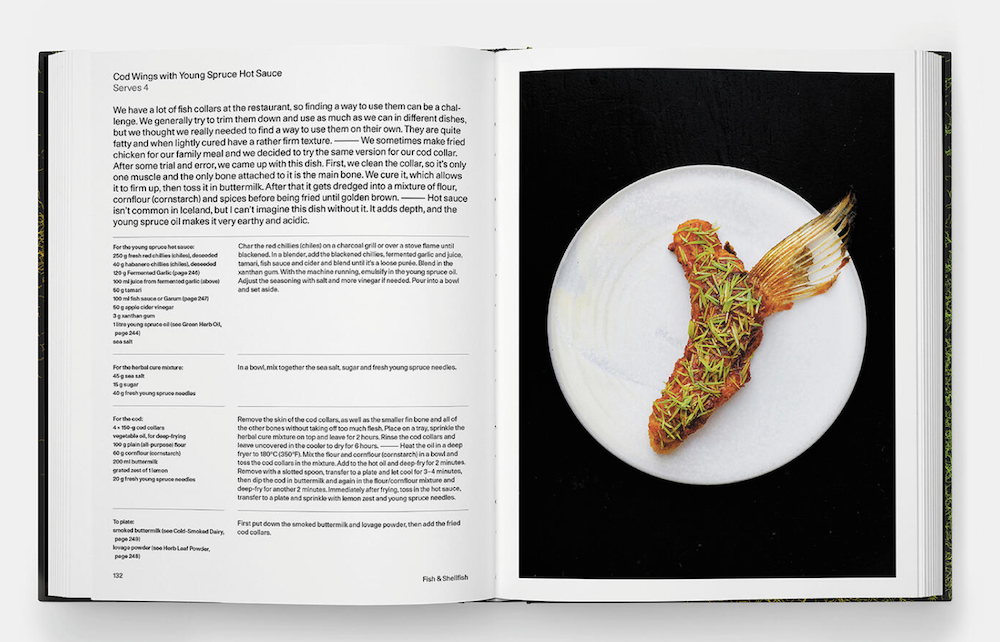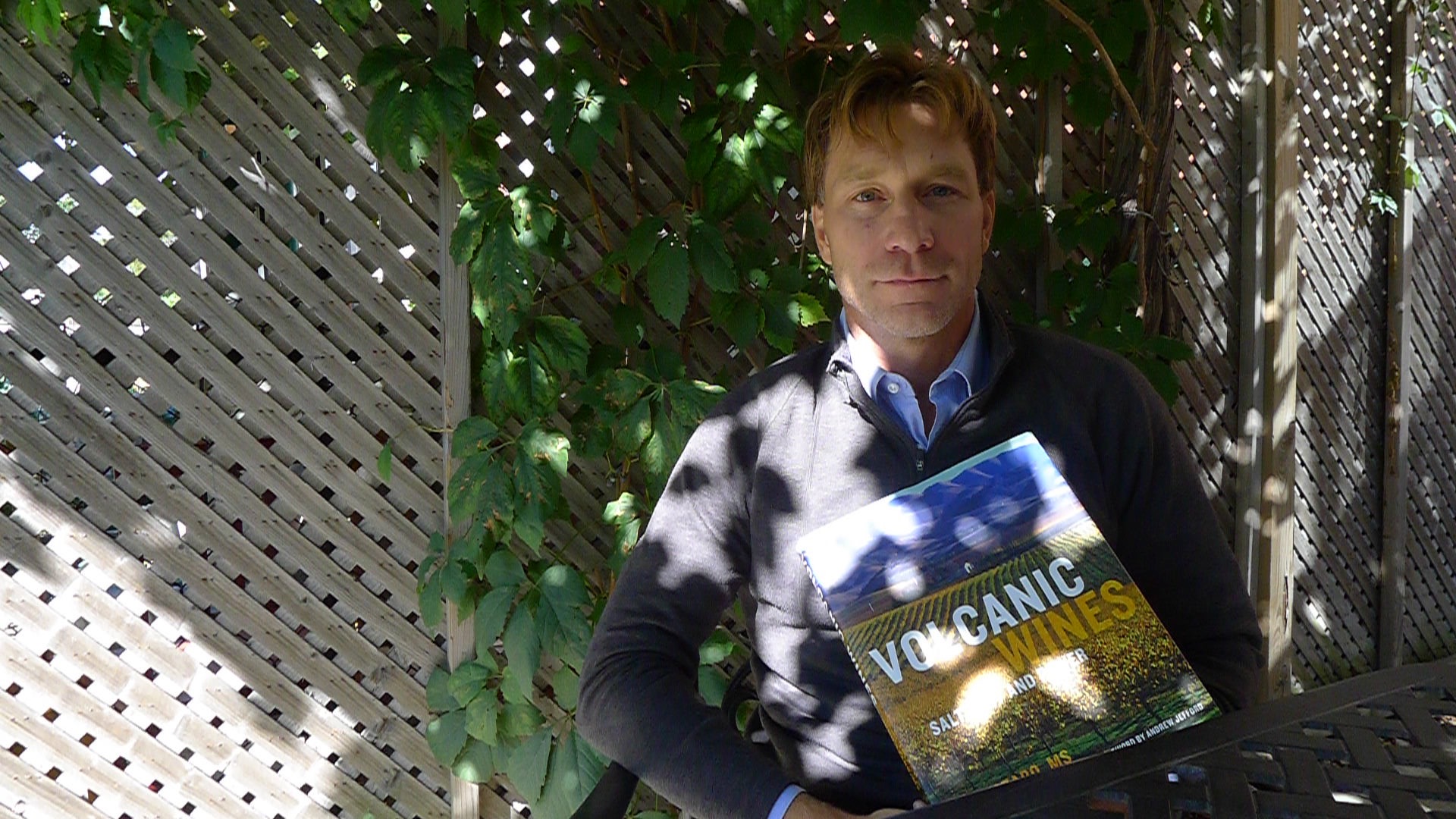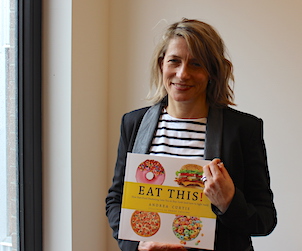
Slippurinn : Recipes & Stories From Iceland – Gísli Matt (Phaidon)
Having always been a little bit partial to a bit of Nordic cuisine (something which I now put down to my mum taking us to Hasselvika, her brother’s home, north of Trondheim, Norway, when I was around six years of age), I was excited to have the opportunity to dive into Chef Gísli Matt’s first book. Having visited Iceland upon many an occasion and even interviewing GusGus’ Biggi Veira in Reykjavík about Icelandic cuisine, I’m sad to say that I’ve never made it to either of Matt’s restaurants, but I’ve read much about his food and was intrigued as to how this talented young man (32 at time of writing) would present on the page.
In 2012 Gísli Matthías Auðunsson returned from Reykjavík to his birthplace of the tiny island of Vestmannaeyjar (AKA The Westman Islands) on the south coast of Iceland. It was here, with his family, that he opened his restaurant, Slippurinn, in an old machine workshop overlooking the shipyards that have historically served the area’s fishing fleet. Hailing from a long line of fishermen, his great-grandfather Benóný Friðriksson was awarded a medal from the president of Iceland for the sheer quantities of the fish he was catching, it’s only natural that Matt would focus much of his menu (and the resultant Slippurinn cookbook) around seafood (there’s a LOT done with cod), with captivating forays into lamb, reindeer, goat, some rather interesting offal, as well as some unique preparations of both berries and vegetables.

There’s a heartfelt forward by the one-and-only Carlo Petrini, that sets the book up nicely before we come to the story of Matt’s personal journey. He’s a modest fellow: “We’re not trying to be the best restaurant in the world. We’re trying to be the best restaurant we can be on a tiny island off the south coast of Iceland. From afar, that may seem like a mild task, but I assure you that this is a challenge that our family will spend our lives trying to achieve”. His narration is couched in simple yet earnest terms, making the reader feel at ease with this very likeable of characters. Many of his tales raised a chuckle, such as his recollection of being vomited upon by the northern fulmar bird… he informs us that the smell is truly horrific. They do this if they feel threatened. Good to know.
I can see many parallels between his philosophies and that of that other master of Nordic cuisine, Magnus Nilsson of (the now shuttered) Fäviken, Sweden fame. Indeed, there are many similarities between their establishments, with gastronomes travelling great distances, “to the ends of the earth”, to dine upon the ultimate in all that is seasonal, local, nose-to-tail, and sustainable.
Sustainability is touched upon often through out the book, as Matt is mature enough to understand that many local historical culinary traditions have had their day, and don’t sit well in the world of 2021. Sure, I would be curious as to how Atlantic puffins taste (gamey and fishy apparently), but the once abundant species have been overhunted and their numbers have fallen dramatically to the point that it is no longer permitted to hunt them on Vestmannaeyjar; Matt does admit that he misses the taste though.
Reading through the book, perusing the recipes, I found myself wishing I had access to some of the more esoteric site-specific ingredients, such as Arctic thyme; found only in certain parts Iceland, The Faroe Isles, and Greenland, Arctic thyme supposedly has flavours akin to that of lemon thyme mixed with lavender. The same goes for guillemot and the aforementioned fulmar’s eggs, but for the most part the ingredients list wouldn’t be too difficult to track down in most bigger towns, although I’m not too sure that I can get my hands on cod swim bladders let alone whole (or even part) gannet out here in rural Ontario.
Damn. The section titled Cod Innard Snacks had my mouth watering…
It’s a lovely looking book, with a natty little insert on herbal drinks, and really is a joy to read through. I’m planning to try out a few of the recipes over the coming weeks. Highly recommended.
![]()
(Four and a half apples out of a possible five)







